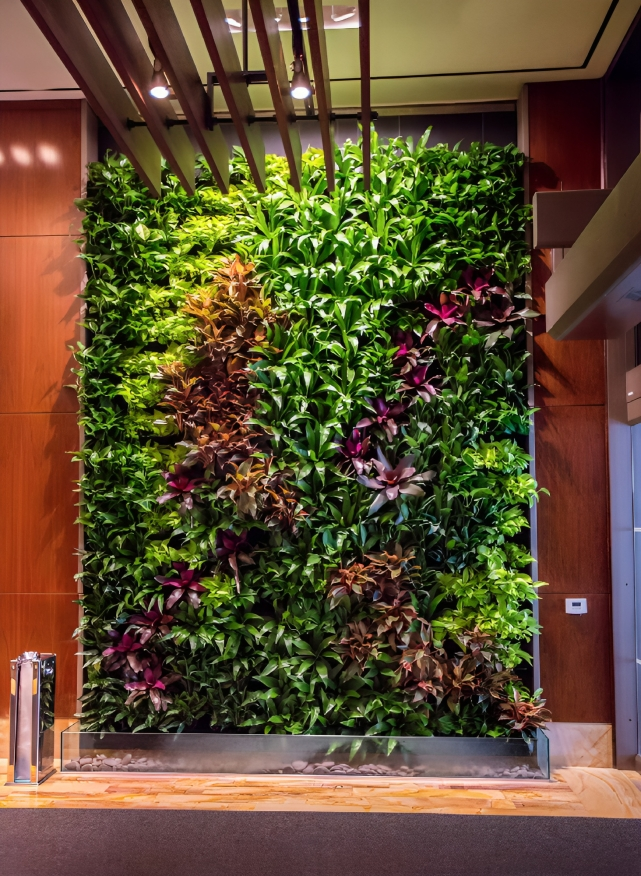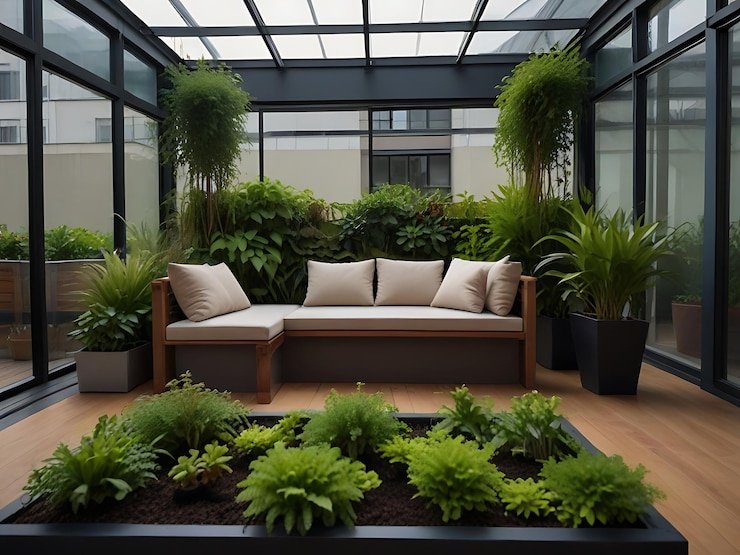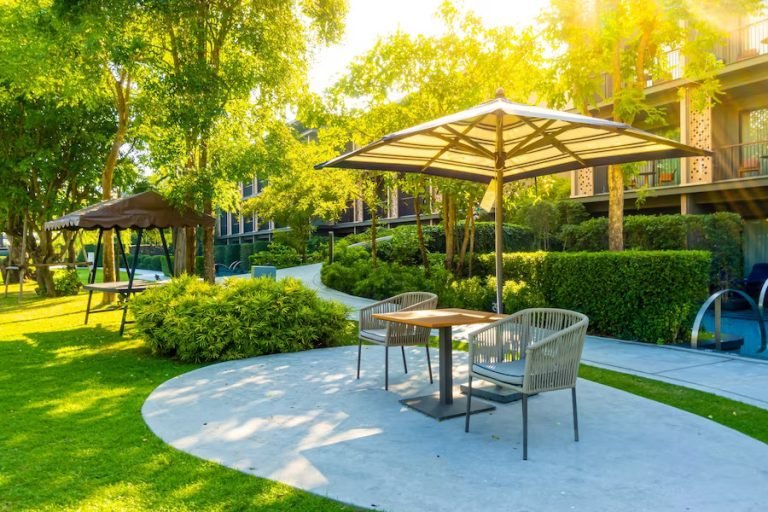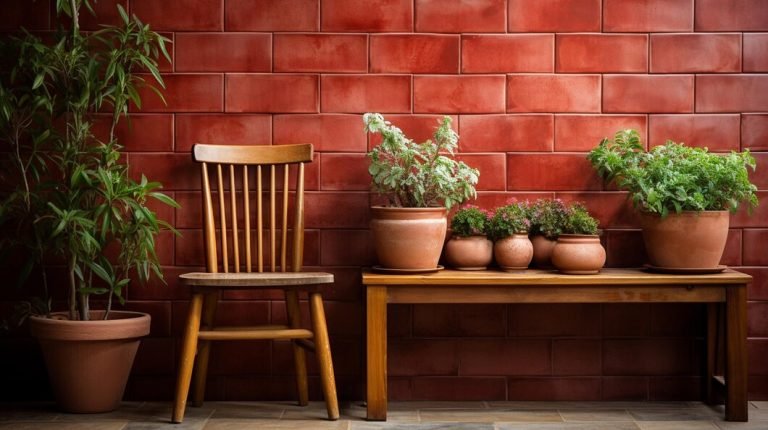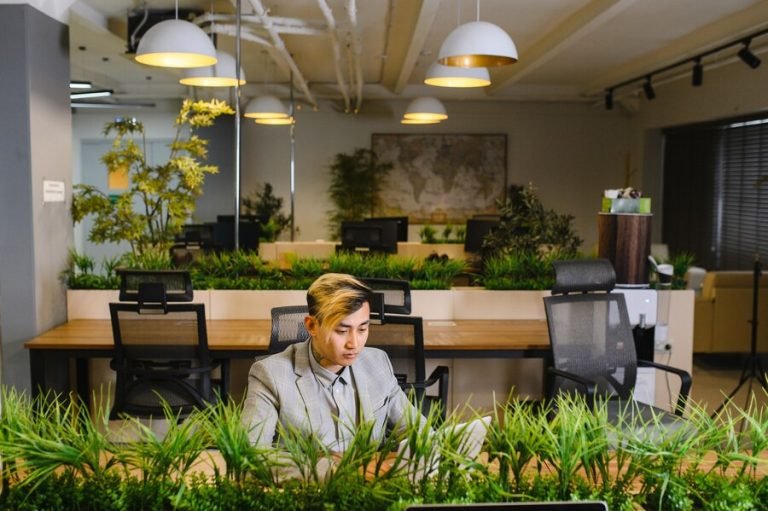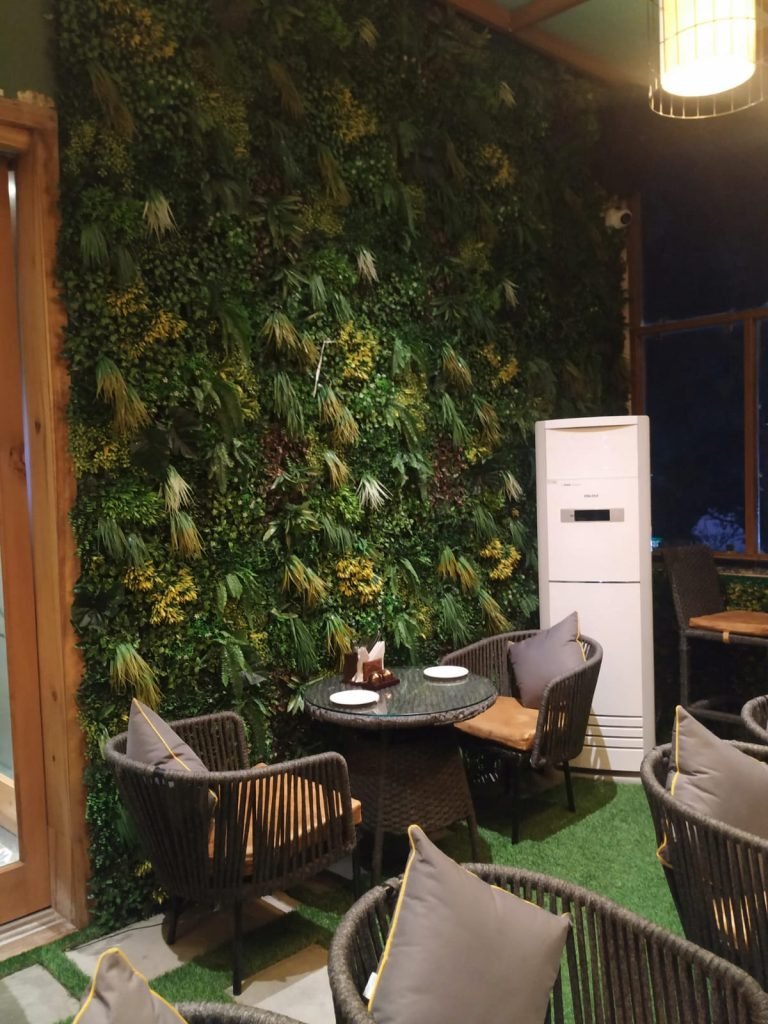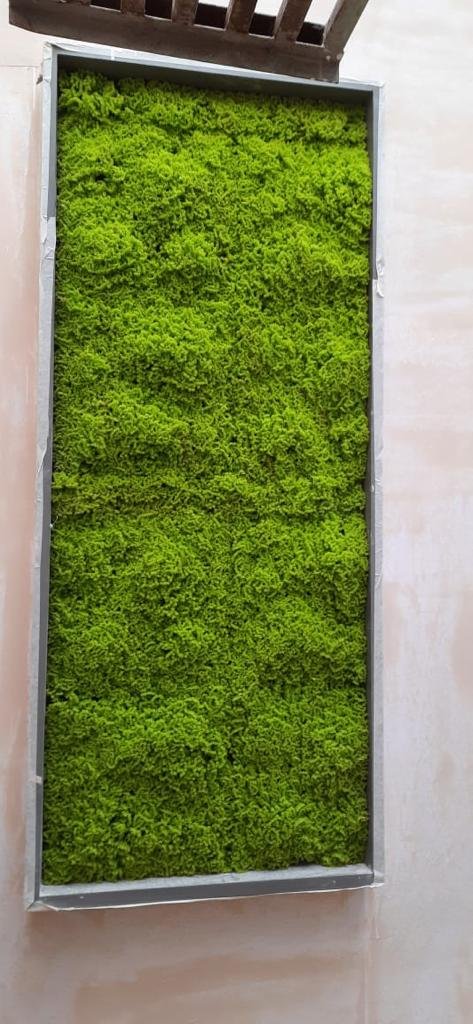Elevating Spaces: The Art and Benefits of Interior Landscaping.
Interior landscaping, the strategic incorporation of plants and greenery within indoor spaces, is a burgeoning trend that transcends traditional design boundaries. Beyond aesthetics, interior landscaping offers a plethora of benefits, ranging from improved air quality to enhanced well-being. In this article, we will explore the art of interior landscaping, its advantages, and how it transforms indoor environments into vibrant and harmonious spaces.
To Know More About It Please Click Here
The Aesthetics of Interior Landscaping
Interior landscaping is a creative fusion of nature and design, bringing the outdoors inside to create visually appealing and dynamic spaces. Plants, trees, and greenery are strategically placed to complement the architectural elements, colors, and themes of the indoor environment. This integration not only adds a touch of natural beauty but also creates a more inviting and calming atmosphere.
Key Benefits of Interior Landscaping
- Improved Air Quality:
- Plants act as natural air purifiers by absorbing pollutants and releasing oxygen through the process of photosynthesis. This enhances indoor air quality and contributes to a healthier environment.
- Stress Reduction:
- Green spaces have been proven to reduce stress and anxiety. The presence of plants in indoor spaces provides a connection to nature, fostering a sense of tranquility and well-being.
- Increased Productivity:
- Studies have shown that indoor landscaping can boost productivity and creativity. The introduction of nature into workspaces has a positive impact on focus, concentration, and overall job satisfaction.
- Noise Reduction:
- Plants have the ability to absorb and diffract sound, acting as natural sound barriers. This acoustic benefit is particularly advantageous in open office settings and other shared spaces.
- Temperature Regulation:
- Plants release moisture through a process called transpiration, contributing to a cooling effect in indoor environments. This natural regulation helps maintain optimal temperatures.
- Biophilic Design Connection:
- Interior landscaping aligns with the principles of biophilic design, which emphasizes the innate human connection with nature. This design philosophy promotes well-being, creativity, and a sense of place.
Popular Plants for Interior Landscaping
- Snake Plant (Sansevieria)
- Known for its air-purifying qualities, the snake plant thrives in low light conditions and requires minimal maintenance.
- Fiddle Leaf Fig (Ficus lyrata)
- With its large, glossy leaves, the fiddle leaf fig adds a touch of elegance to interior spaces. It prefers bright, indirect light.
- Spider Plant (Chlorophytum comosum
- An adaptable and resilient choice, the spider plant is known for its arching leaves and air-purifying capabilities.
- Peace Lily (Spathiphyllum):
- Recognized for its elegant white blooms, the peace lily is a low-maintenance plant that thrives in low to moderate light.
- ZZ Plant (Zamioculcas zamiifolia):
- Ideal for low-light conditions, the ZZ plant is prized for its glossy, dark green foliage and air-purifying attributes.
To Know More About It Please Click Here
Conclusion
Interior landscaping goes beyond mere decoration; it transforms indoor spaces into living, breathing environments that promote well-being, productivity, and aesthetics. The strategic placement of plants and greenery offers a myriad of benefits, from enhancing air quality to reducing stress. As the popularity of interior landscaping continues to grow, it is clear that this integration of nature into our indoor spaces is not just a design choice but a holistic approach to creating healthier and more harmonious environments.
